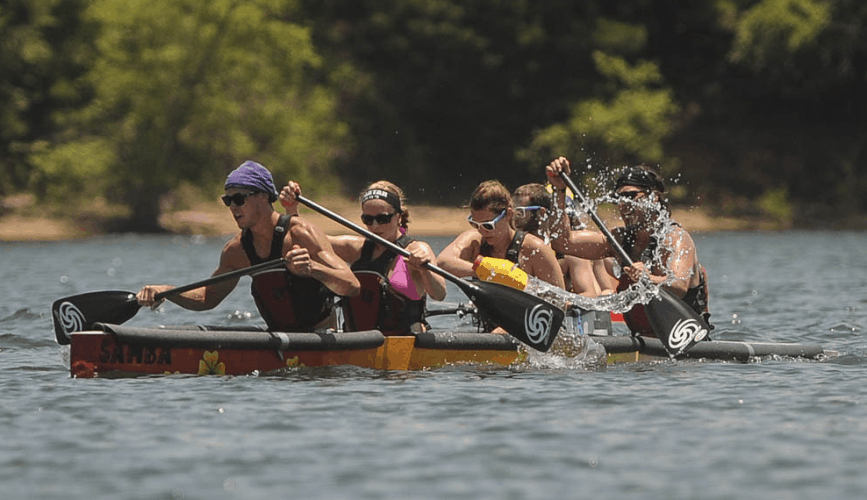A test of engineering prowess and physical ability, the race is the brainchild of the American Society of Civil Engineers (ASCE), who first ran the event in 1988. The 2016 nationals will be held at the University of Texas at Tyler, with the winning group awarded $5,000 in scholarship money.

According to the ASCE, the goal of the competition is to provide civil engineering students with an opportunity to gain hands-on, practical experience and leadership skills by working with concrete mix designs and project management. Canoes can have a maximum length of 22 feet, and maximum width of 36 inches.
In order to float, the canoes need to be less dense than water. To achieve this, concrete mixes with higher ratios of water are used, as well as techniques such as adding latex to the mix. There are extensive rules dictating the type of concrete mixes allowed, and boats have to pass rigorous flotation tests before being allowed to race.
Students are also required to provide an “Engineer’s Notebook” at the competition with all technical design details, as well as deliver oral presentations. In total, 75 per cent of points on offer come from academic judging, with race results determining the remaining 25 per cent.
The racing itself consists of separate men and women’s sprint (200m) and endurance (600m) races, as well as a co-ed sprint (400m). Last year’s winning team came from the University of Florida.




Project to investigate hybrid approach to titanium manufacturing
Sadly they will not be ordering any more presses from Wilkins & Mitchell http://www.historywebsite.co.uk/articles/Darlaston/WM.htm